Biological Products:
Bioaugmentation products for Wastewater applications in Papermills, Refineries, Chemical, Tanneries, Municipalities, Textiles, Steel, Agriculture, Animal feedlot, Gun Powder plant, Food and Beverage- Dairy Products, Orange Juice factory, Wineries, Cookie factory, Vegetable processing plant, Meat packing, Barbecue Restaurant, Aquaculture, Ornamental Ponds with algae , CAFO, Nursing homes, Military, Campgrounds, Universities, Regulatory agencies, River and Lake remediation
Lab Services:
Filamentous Identification Lab Service. One reason to identify filaments is to determine the filaments characteristics and then determine the type present. If the type is found out, a root cause can usually be associated with a particular filament. If the cause is known, then a correction can be made to alleviate problems. Chlorination is only a quick fix. Without process changes, filaments will grow back after chlorination. Wastewater Biomass Analyses and Cooling Tower Analyses also available
Training Materials:
Training is an integral part of any job. Not everyone is at the same level of training. Many people want beginning concepts and basics. Some need technical information or troubleshooting. Some want equipment, technology or process information. We have developed a full set of Basic training, Advanced training, Filamentous Identification the Easy Way as well as custom training CD's Manuals. We also provide hands-on training classes and soon will have an Online "E-University".
Audits and Consulting:
At Environmental Leverage® Inc., we have a team of experienced individuals who come into your plant with a fresh pair of eyes. The system is checked from influent to effluent. System optimization, equipment efficiency and operational excellence are key components explored. Key Benefits Equipment efficiency Total Cost of Operation reductions Reliability and safety An onsite audit is conducted to examine system parameters, process controls, and current monitor and control procedures. A physical walk-through is conducted, process flow diagrams are examined, previous design criteria are examined and current standard operating procedures are evaluated along with data logs.
|
Troubleshooting Weather-HurricanesLatest News!
What's New!
We have just added "Virtual Audits" to our capabilities. Check out our new Services. We are in the process of developing new courses for our ""Online E-University" in order to meet the needs of our global customers that cannot travel to our public classes.Visit our new website www.WastewaterElearning.com/Elearning
Hurricane or Severe Storm upset recovery
issues
How can this impact your wastewater treatment plant? A number of ways- beyond physical destruction, the storm can also impact how quickly you can return your plant back to normal. What are some of the issues that might occur from severe storms?
One thing you can do is provide the bacteria short term with a chemical alternative for Dissolved Oxygen. Mechanical aeration is always the best way to provide aeration due to the fact that the mechanical aeration provides two things, mixing and aeration, but for short term emergencies, sodium nitrate or any form of nitrates can provide the bacteria with oxygen that they can use in a facultative way.
Remember, you are not going to need the normal amount, since with lack of power, you will probably not have influent and a new source of BOD coming to the plant. Your whole goal of adding this type of chemical is to keep the bacteria you have in the basin alive and not allowing them to turn septic or for the growth of filaments. This is a quick band-aid, but can help where power limitations exist.
Sometimes when there is a loss of power, the food supply to the bacteria is cut off. Some plants have small generators and that will keep the aeration going, but what happens if they start to starve from no food and die off? Many plants have EQ tanks, primary clarifiers, holding tanks on site, etc. Slowly bleed a small amount of these as a food source into the activated sludge in order to keep the bacteria alive. On the other hand, if you have too much surge and food, divert some of the influent to empty tanks for storage until it can later be bled into the system.
Sometimes there is a surge of influent to the plant and hydraulic washout has occurred or there is just an overload of food to the plant when it is finally time to start up. Reseeding the plant with cultured bacteria is significantly cheaper and better in the long run that trucking in sludge from a plant down the street.
In the first place, it costs money for the truck, the employees time and labor for handling, the gas for transportation, cleaning up the truck for reuse of it original purposes and mainly, their biomass has just undergone some of these stresses also. They also may have filamentous bacteria or zooglea in their plant, and once introduced to your plant, you now have additional issues and problems. Another advantage to using product is that it can be readily available and can be kept on hand for quick response. If a plant is geographically isolated, it may be difficult to acquire sludge from another plant.
Here are some of the Math calculations on trucking in sludge vs. using cultures of dried bacterial formulations.
1 truck load of Activated Sludge = 4000 gallons (4000 gals/truck) (3785 ml/gal) (5 x 107 cfu/ml -typical plant) = 7.57 x 1014 cfu/truck
This is assuming the plant has perfect sludge, no zooglea, no filamentous bacteria, no septicity in the clarifier, no foaming and all the bacteria in the MLSS are active!!! Boy, a lot to require out of a normal wastewater plant! Using biological products that are guaranteed count, no filaments, no foam, no zooglea and all 100% active when applied and also have the specific strains formulated for the exact type of wastewater.
With a 16- 24 hour grow up time period (1.5 logs) you will generate the equivalent of a truck anyhow with no mess, no hassles, no truck rental, no labor, and guaranteed no problems!!!
( 1 lb product ) (50 growth factor)(454 grams/lb)(5 x 109 cfu/gram) = 1.135 x 1014 cfu/lb grow up product specification (7.57 x 1014) cfu/truck ÷ (1.135 x 1014) cfu/lb = 6.7 lbs product = 1 truck of sludge
We had a saying about bacteria, If you were to create a team say for instance basketball and wanted to hire players to get the job done, you could have 5-10 of the local guys down the street or one or two Michael Jordan and Scottie Pippen. Who is going to get the job done better? By using dry cultured bacteria it is fast, quick and guaranteed to work without the hassles and messes!
Sometimes excessive oil, grease and contamination may come in the influent streams. Excessive rains can break off chunks of grease that have been lodged in pipes causing overload to the plant. Increase operations at the primary or DAF if you have one.
Adjust your MLSS and sludge age according to the loading so that you can again beat the time and numbers game. Be extremely critical of the nutrients required. This is often overlooked during crisis periods. The bacteria do not care what is going on in the outside world, they still require the "Critical 5" and one area is N and P. If a spill or overload of food comes in, make sure to "spill" nutrients if your plant typically adds nutrients.
Sometimes
being prepared for an upset is better than waiting for it to happen and
scrambling. The bacteria products usually have a pretty long shelf life- 6
months to a year, so having a small amount on hand can be a good idea if
your plant has the potential for upset conditions or wide swings in influent
loading. Lagoon systems, especially in Paper mills, typically have a
harder time meeting BOD permits in winter, They almost always use some type
of Bioaugmentation program Ask about our Dual Programs today.
More on Wastewater Issues in the Winter
Keeping track in a daily log sheet, using photographs, correlating data to MLSS and to settlometer data as well as using the microscope are all ways to help you understand what is going on in your system. Remember- it is in reality a "bug factory- you are growing bacteria to make clean water! Start thinking like a bug. . .
If you need more information on our Filamentous Identification the Easy Way Training CD or on Internet training on Filamentous bacteria, causes and controls
More troubleshooting newsletters
Wild Weather
I do not have filaments at my plant
Sign up for our monthly newsletter
|

 Spring and Fall, although usually very pleasant temperature wise, can also
bring storms with massive destructive powers. Nothing is clearer than the
power of the hurricanes that seem to consistently remind us lately of Mother
Nature.
Spring and Fall, although usually very pleasant temperature wise, can also
bring storms with massive destructive powers. Nothing is clearer than the
power of the hurricanes that seem to consistently remind us lately of Mother
Nature.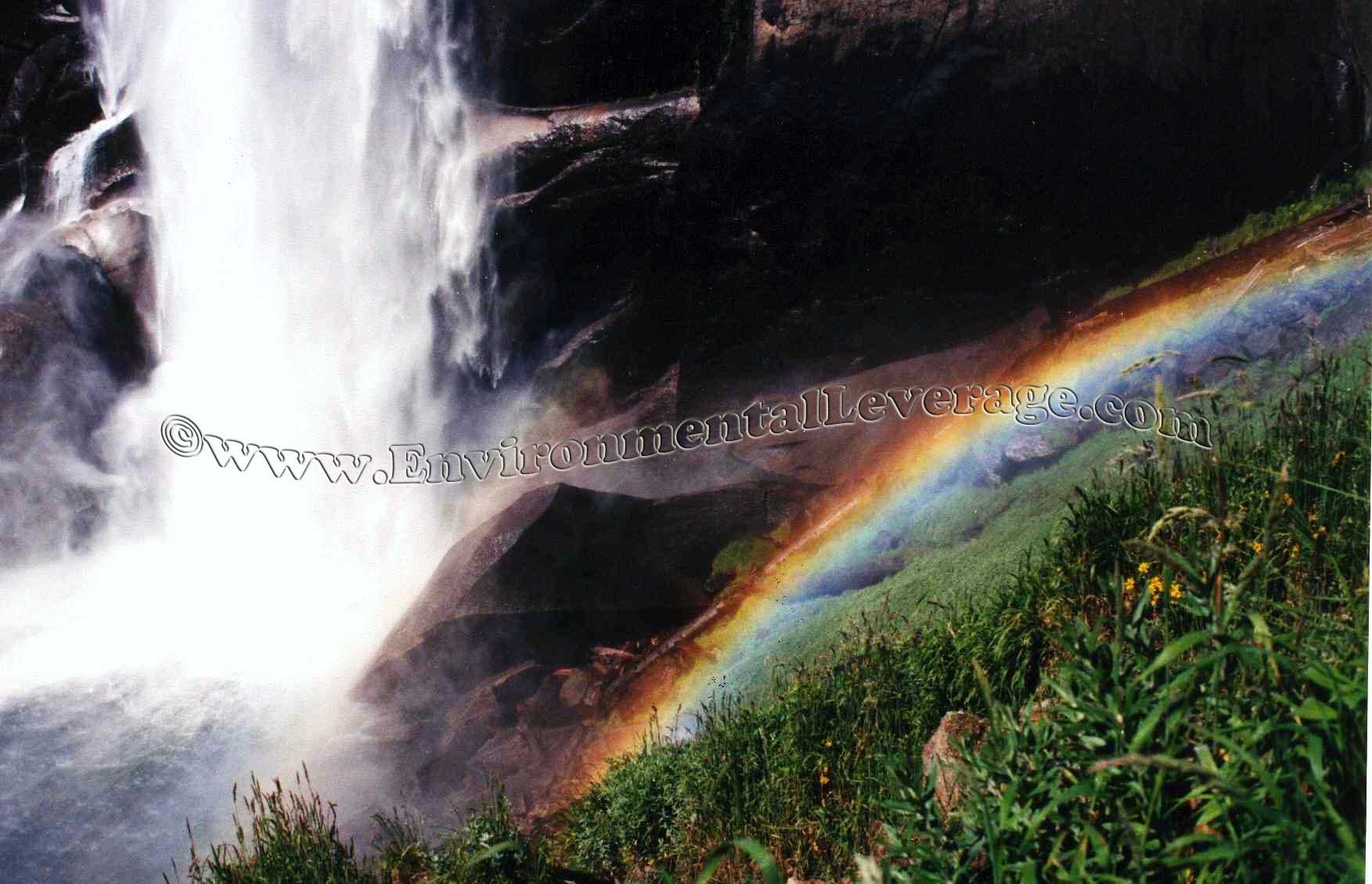
 Here are a few examples of critical issues that some plants have had to
face and how to recover quicker. One of the main things that can happen is
loss of power. This impacts a number of issues at the plant. Aeration of the
bacteria is many times critical. The longer the plant is shut down, the more
septic the basins and clarifiers can turn.
Here are a few examples of critical issues that some plants have had to
face and how to recover quicker. One of the main things that can happen is
loss of power. This impacts a number of issues at the plant. Aeration of the
bacteria is many times critical. The longer the plant is shut down, the more
septic the basins and clarifiers can turn. 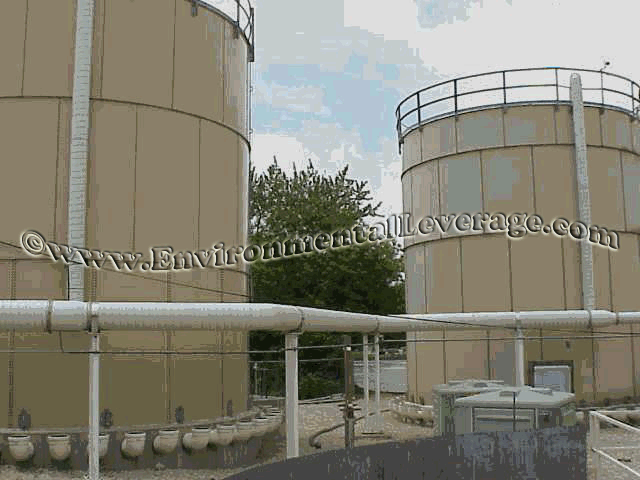


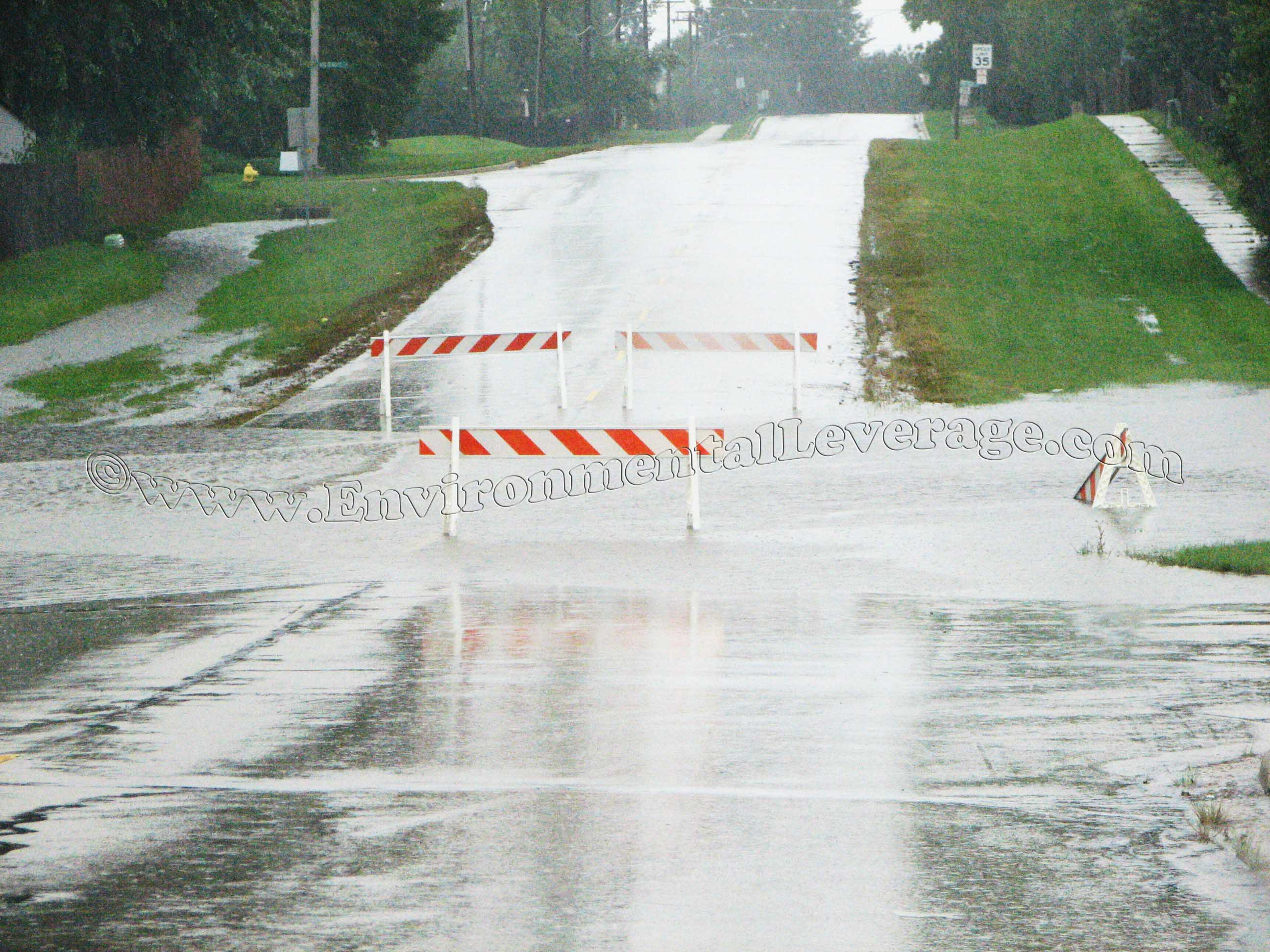
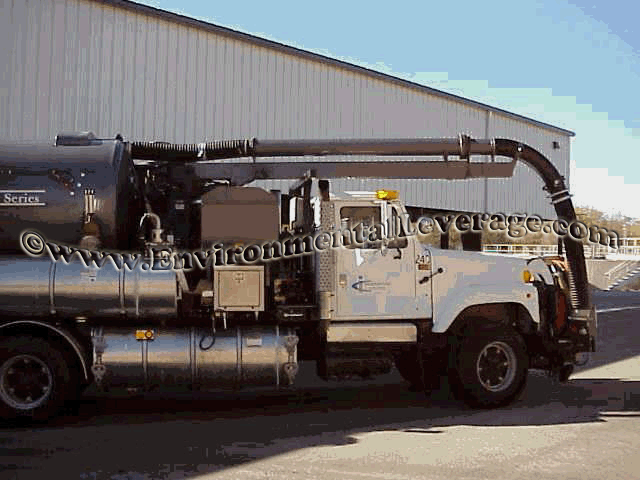
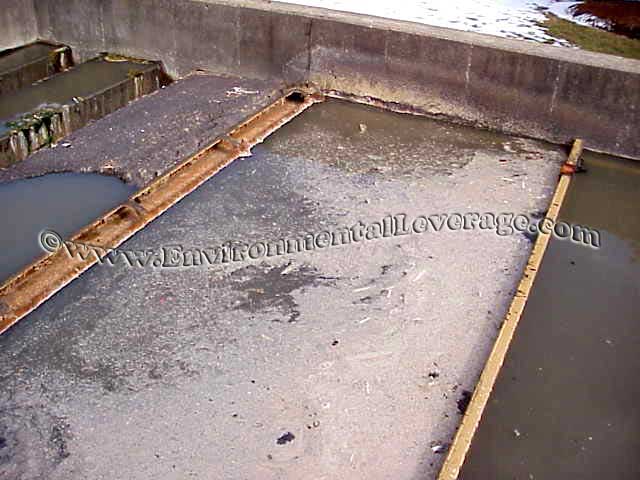
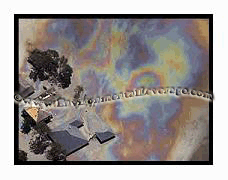 Oil
spill clean-ups, land remediation, lagoons, lakes and ponds can all be
cleaned up naturally with
Oil
spill clean-ups, land remediation, lagoons, lakes and ponds can all be
cleaned up naturally with 
